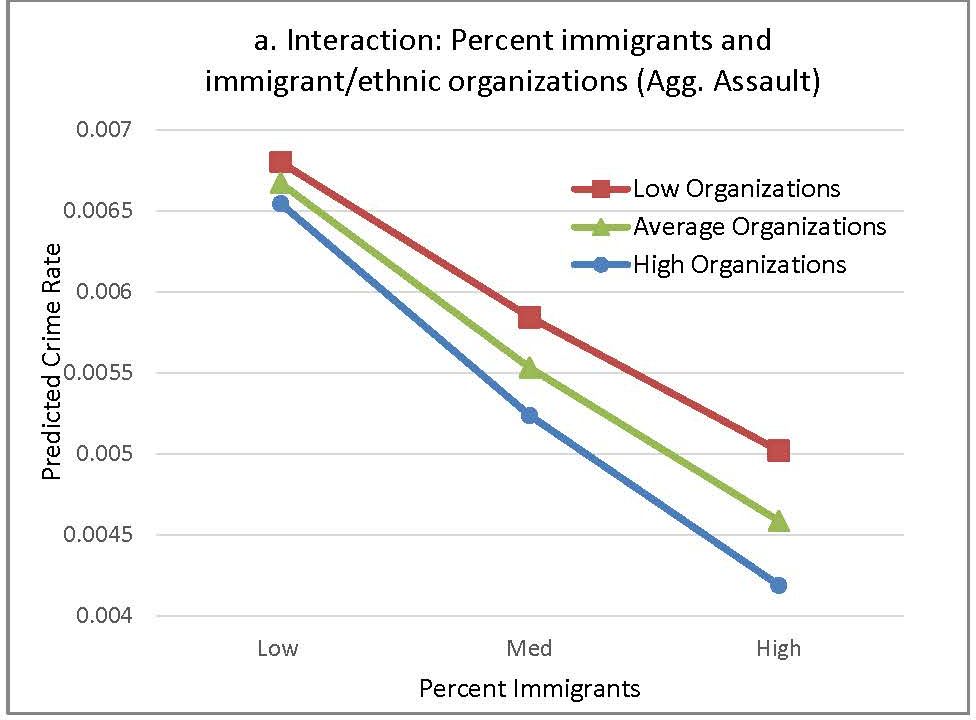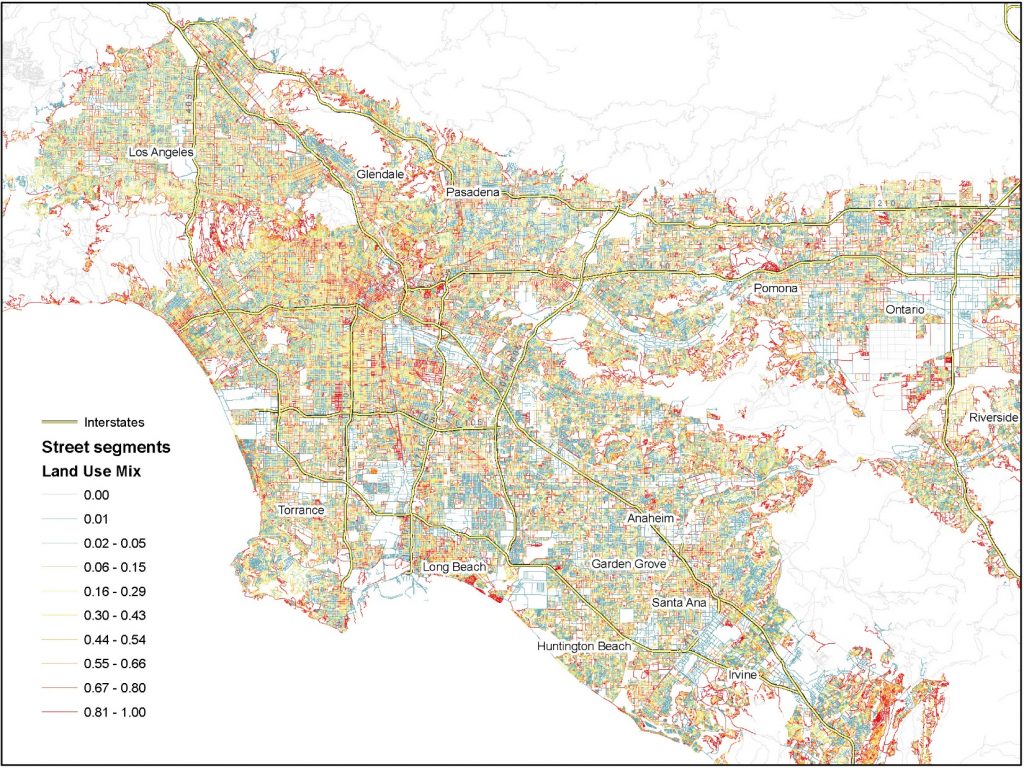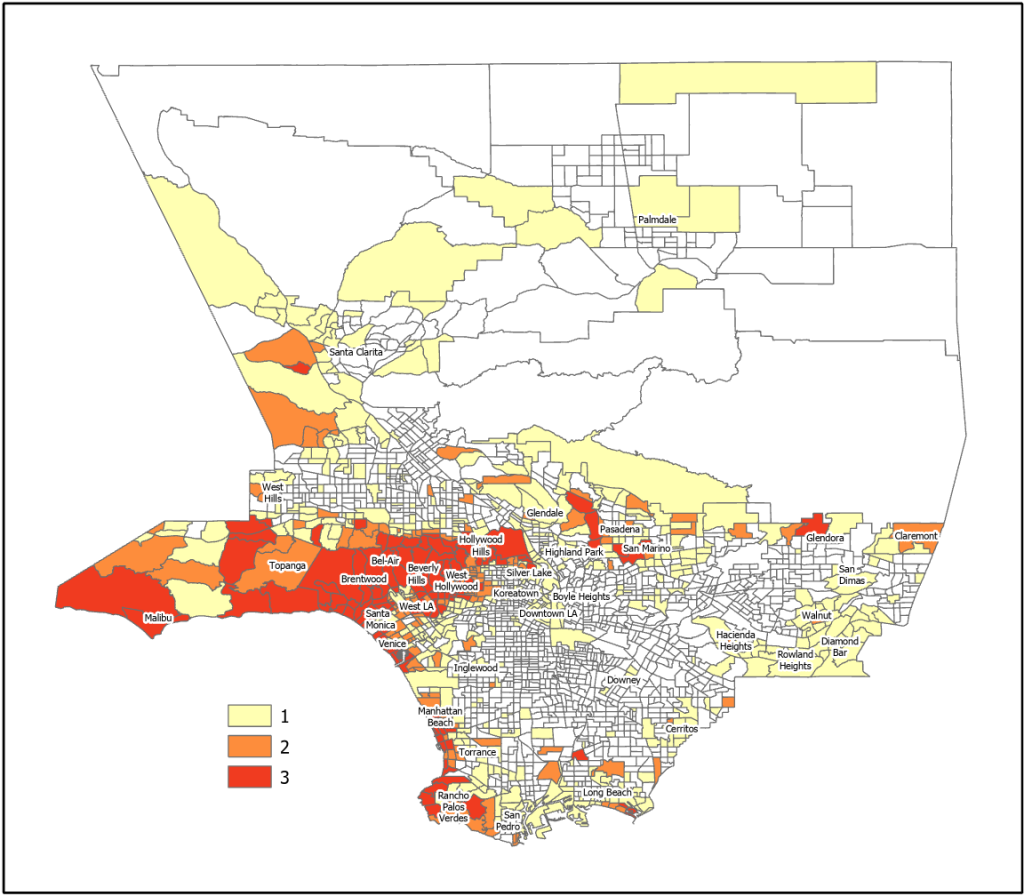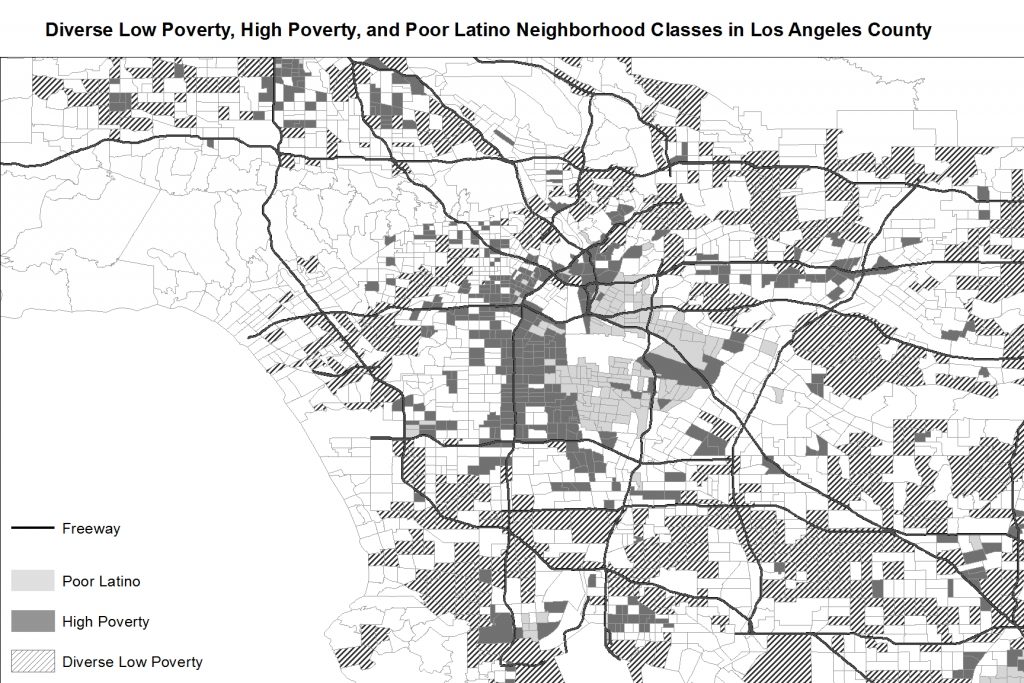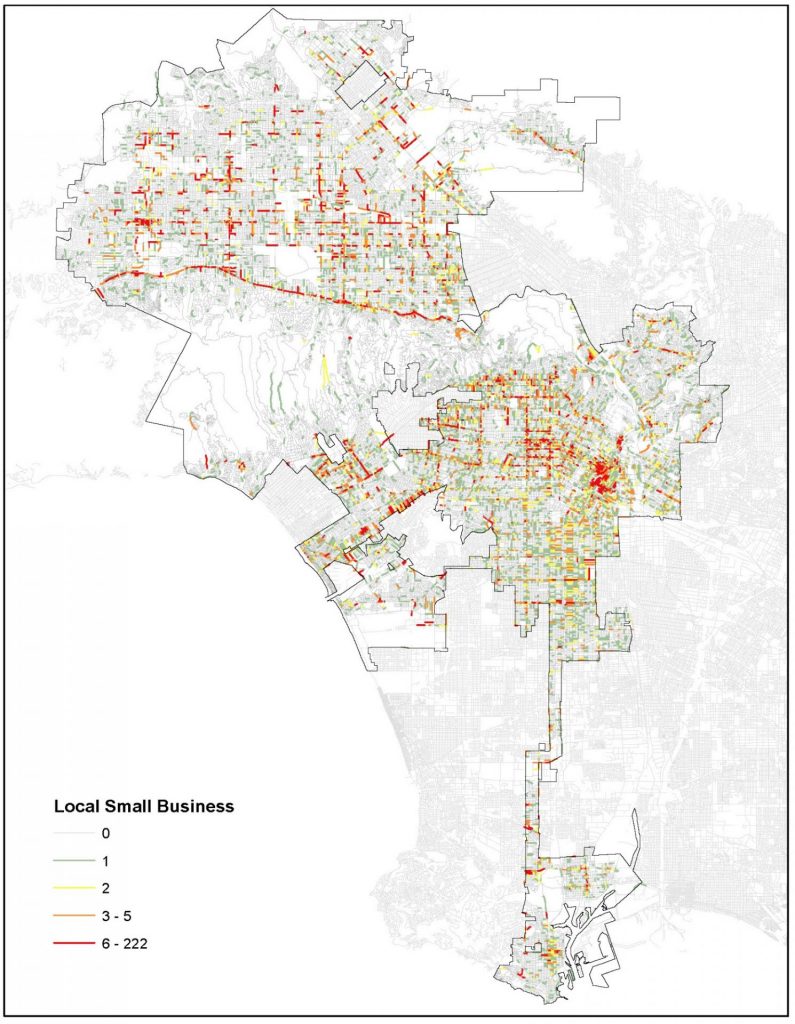Criminologists have consistently found that neighborhoods with more immigrants do not have more crime, but in fact often have less crime. Criminologists have proposed that voluntary organizations can help neighborhoods deal with problems that can result in more crime. One possibility for why some immigrant neighborhoods have lower crime rates is that they have voluntary…Continue Reading Lab publication on immigrant organizations and neighborhood crime
Lab publication on immigrant organizations and neighborhood crime
